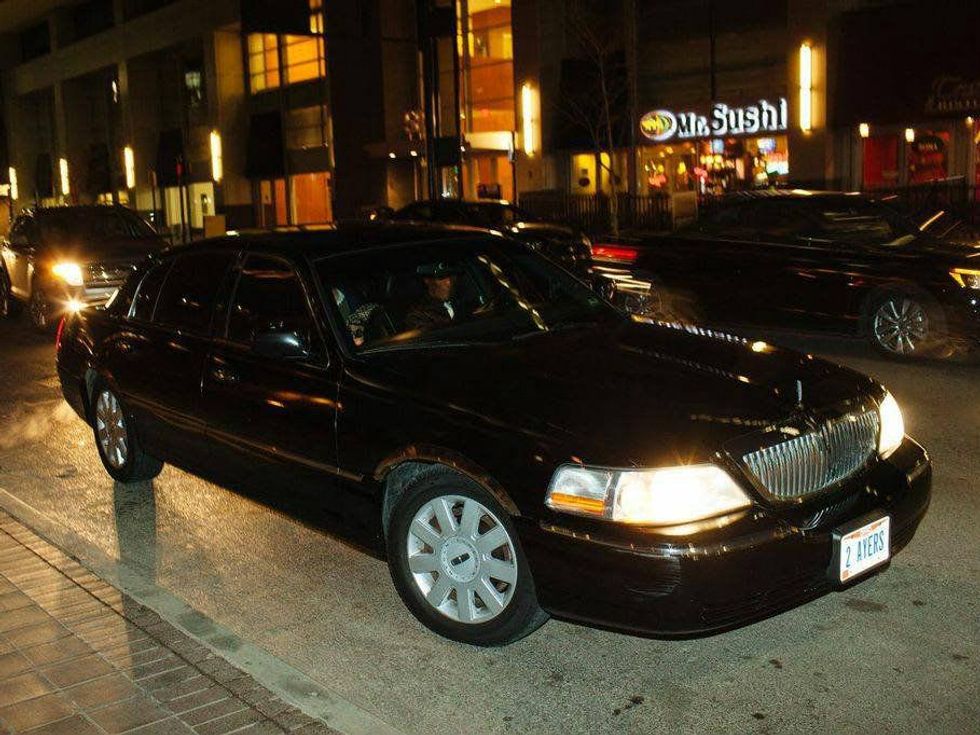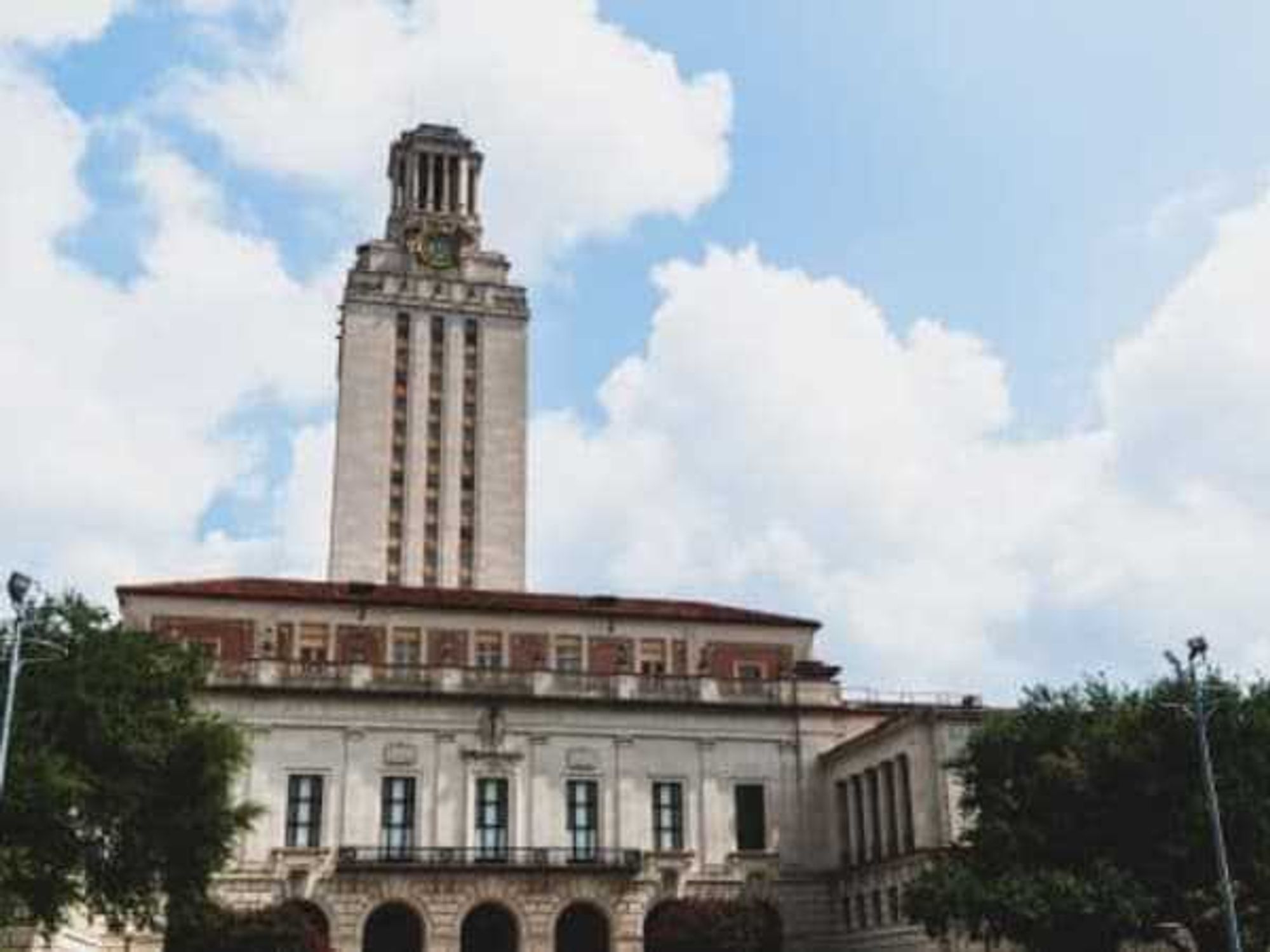Riding with Strangers
Ride with care: Uber launch puts Austinites at real risk
Less than three months after its marketing campaign offering rides for SXSW attendees, Uber has followed in Lyft's footsteps, officially launching in Austin on June 3. For many, this heralds the coming a new era in Austin's transportation options. But for others, this marks a dangerous battleground where legislation and regulation have failed to catch up to innovation.
This issue is deeply complicated, in need of statewide regulations, proper insurance coverage and a general cultural shift in how we think about livery. Over the past few weeks, we spoke to transportation experts, insurance industry insiders, "rideshare" companies and local advocacy groups to better understand what this means for Austin.
What is a TNC?
First, a little background. Though they are sometimes referred to as "ridesharing" apps, transportation networking companies (TNCs) use apps to connect passengers with drivers who own privately owned vehicles. Currently, TNCs like Sidecar, Lyft and Uber are still not allowed to operate within the Austin city limits. Though the City Council has asked City Manager Marc Ott to construct a pilot program, nothing has officially changed. Lyft and Uber have attempted to circumvent this by offering free rides, but that doesn't mean what the companies are doing is legal.
Why is it illegal?
In order for them to stay above board, operating services like Lyft and Uber must pay less than $0.56 per mile (the Federal Reimbursement Rate) to the driver. During the two-week promo period, Lyft sessions are currently capped at $25 per ride with the rider getting to choose how much the driver is paid by the company. Anecdotally, after a 3.2-mile Lyft ride this writer took on Friday, May 30, I was told that the total would have been around $22 if I were paying out of pocket. On Friday, I chose to give the driver the full $25 (hey, it was on Lyft, right?), meaning the ride cost an average of about $7.82 per mile, well above the federal cap. This attempt to circumvent the rules led to a few high-profile stories about Lyft drivers having their cars being impounded over the weekend for violating city regulations.
But what does it matter if the companies are paying for it?
Bucking the federal cap isn't what has some folks worried. Instead, as we enter the intersection of innovation and regulation, a place where laws are notoriously slower to catch up the rest of society, it's who will pay in the case of an accident that should have Ausinites worried.
"[It's] a positive innovation, and the insurance market will catch up, but we're at a scary point right now [because] we don't know how to catch up," explains Joe Woods, vice president for state government relations for Property Casualty Insurers Association of America, a trade association for the insurance industry.
Basically, as Woods explains, the average driver is covered under a private passenger coverage plan. When that personal vehicle becomes a livery vehicle (which it does as soon as it exceeds that $0.56 per mile cap), the driver, in most cases, is not covered under their standard insurance.
So who pays in the case of an accident?
"We have a million dollar policy, for every driver, per incident," Lyft co-founder John Zimmer told CultureMap last week. Like Lyft, Uber was required by their home state of California to carry a $1 million dollar policy, a practice that the company has seemingly carried over to other states (or at least touts that it has). But, as a high-profile case in San Francisco involving an Uber driver hitting and killing a 6-year-old pedestrian on his way to pick up a fare illustrates, just when that million bucks kicks in is up for debate.
"[As a driver], don't jump in feeling fully protected," says Woods. "That million dollar policy probably will cover you, but there's a chance that it won't." The issue, says Woods, is that lawmakers need to decide when a driver's personal vehicle is turned into a livery vehicle. (Something, we should point out, the Austin City Council has not done.) Is it when the driver is logged into the app? Is when they click on the fare? When the passenger is in the vehicle? Even the basic tenant of whether these TNCs are taxi or a technology services has yet to be defined.
In the San Francisco case, the driver wasn't covered under Uber's $1 million policy because while he was en route to pick up a fare, he had no passenger in the vehicle. With the family of 6-year-old Sofia Liu now taking Uber to court in a wrongful death suit, the company says it's not at fault. Speaking to the New York Times in January, Chris Dolan, an attorney for the Liu family said, "Uber’s claims that they are not responsible for injuries caused by Uber drivers who are logged on to the system but not carrying a fare flies in the face of hundreds of years of law." Dolan continued, "New technology does not eliminate well-established legal principles."
Is that the big question?
That is indeed the big question. Are TNCs just redefining a century old livery law? Or are they providing transportation innovation that scares the establishment? Lawmakers must answer these questions before determining when, ultimately, these privately owned cars are in need of public regulation. Until these questions are answered, who is responsible in every accident — and who pays for every hospital bill and vehicle repair — remains up for debate.
Without a statewide understanding of when a private driver becomes a personal livery service, insurance companies remain at a crossroads, and Austin's drivers and passengers remain at risk.


